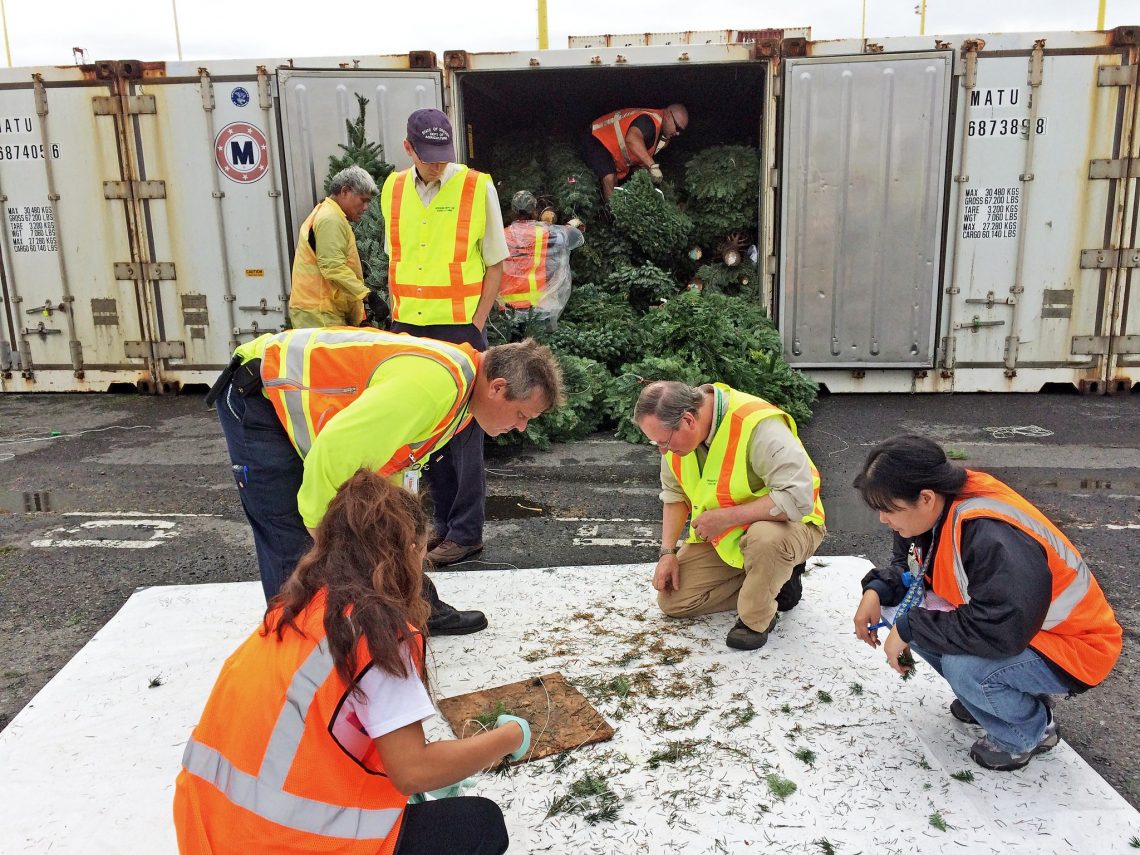By December 3rd of this year (2019), near the end of the shipping season, 93,000 Christmas trees had arrived in…
Read More
buy local Maui
Make National Invasive Species Week Last All Year
National Invasive Species Week is February 26 to March 3 of 2012. While it’s great to pay attention for the…
Read More

